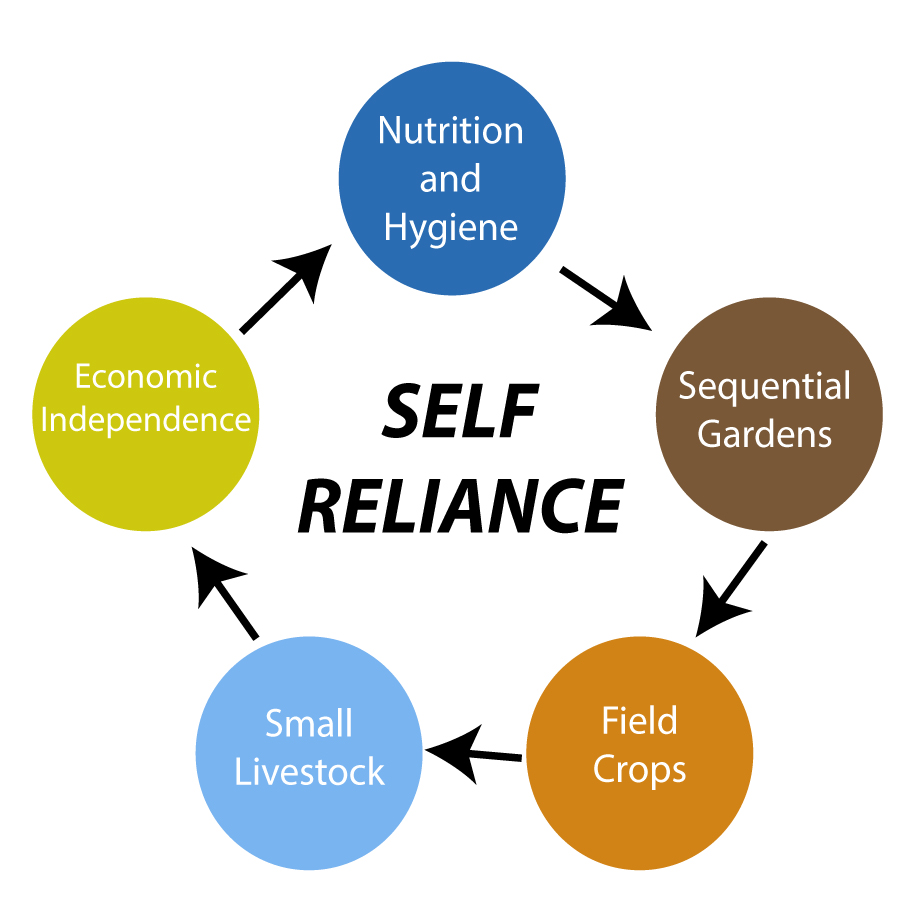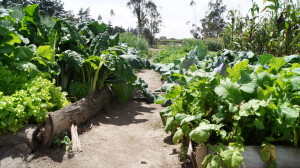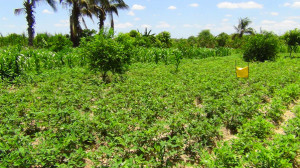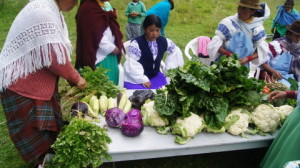The Small Scale Agriculture Model (SSAM) has been in development for many years and has proven itself as a very effective way to provide long-term, sustainable solutions to the world’s extreme poverty problems using principles of nutritional self reliance. Families graduating from our program have been taught and mentored in implementing methods based on the SSAM, combined with dedication and hard work. These new skills give our participant families the foundation they need to meet their own nutritional needs, to create permanent change in their families, and to make a lasting impact on their communities. Our powerful system is composed of the following modules:
Nutrition and Hygiene:
In many developing countries, malnutrition and poor hygiene are two of the main causes of sickness and death among rural families, particularly affecting the growth and development of children. By teaching them the importance of proper nutrition and good hygiene, many of these illnesses can be decreased and children can enjoy better growth and educational performance.
By focusing on nutrition first, our program technicians emphasize how critical it is that the families go to the extra effort of raising a variety of vegetables for their daily food consumption. Each individual is taught the importance of eating a complete and balanced diet rather than planting and consuming only one crop. This makes it possible, often for the first time in their lives, for the entire family to eat a variety of nutritious foods every day.
In developing countries, many rural families do not have a basic awareness of the dangers of a lack of cleanliness and how it affects life and health. Consequently, many illnesses and conditions such as diarrhea and parasite infestation can quickly become fatal in an impoverished area. Illness and disease may be greatly reduced in a developing area by providing basic lessons on personal hygiene, waste management, home cleanliness, and safe handling of food during harvest, preparation, and storage.
Sequential Gardens:

Our bio-intensive garden methods teach families how to grow food using significantly less space and water, providing a source of essential vitamins and minerals. They are constructed with materials found locally and optimized to grow faster and healthier than traditional gardens at a fraction of the cost. They require no heavy machinery, and take less time to maintain.
In our projects, families receive ongoing training at our demonstration farms. Using locally sourced materials, they build their own vegetable gardens and receive a seed loan and starter plants. Families learn to apply agricultural best practices like raised beds, staggered plantings, composting, fallowing, and plowing under nitrogen-rich plants to improve the soil. These gardens produce a continuous harvest and provide essential nutrition for the families.
Helping a family achieve optimum nutrition intake primarily with food they grow themselves is the basis of our program of self-reliance. By learning basic gardening techniques, families can significantly improve the nutrition of their family members. This simple change opens possibilities for the future of these individuals as their cognitive and learning skills increase, leading to the possibility of better education and employment opportunities in the future.
Field Crops:
Field crops are critically important to the rural villager because grains provide life-sustaining nutrients for people and animals. We teach a rotational system of field crops that can be adapted to any size plot. Field crops provide essential carbohydrates and fiber that are critically important to the rural villager, providing life-sustaining nutrients for people and animals.
The traditional practice of most farmers before entering into our program is to monocrop, choosing to grow only one or sometimes two types of food. This creates a desperate dependence on one good harvest to create income for their families. Unfortunately, monocropping does not provide farmers with protection against crop failure or market saturation, both of which are all too common in the developing world.
It’s important to teach farm families to diversify their crops, just as one would diversify any other investment. This way, if one crop fares poorly, other crops are there to make up the difference. In our projects, farmers learn how to implement sustainable farming techniques such as planting multi-crops that are rotated to enhance the soil and crop production. When crops grow well, the family is provided with a variety of foods, increasing the nutritional content of their diet.
Small Livestock:
Our families are mentored as they implement a small livestock program to supplement their nutritional needs. We focus on helping them learn to raise small animals such as chickens, guinea pigs, rabbits, goats, or sheep. Small livestock is comparatively easy to raise, and more efficient at providing essential nutrients while using a lot less water, space and feed than large livestock. Without access to refrigeration, raising small animals is much more practical for a small family, because the meat from one animal can be consumed within one day.
The selection of animals is based on which types of culturally-acceptable livestock will best meet the nutritional needs of the family. Other considerations include local availability, the space required for animal housing, and food sources available. A livestock program helps each family to supplement their diet with protein, and provides a source of income for the families after their nutritional needs are met. Participants are taught how to properly take care of their small livestock with adequate food, safe housing, and best management practices. Receiving this additional protein in their diets helps our families to achieve better physical and cognitive health.
Economic Independence:
Once the families have met their nutritional needs, including storing harvested seeds and food for future use, our staff helps them identify areas where they may have more of a particular vegetable, crop, or animal product than they need for their family to eat. As these surplus products are identified, the technicians assist the farmers to find ways to turn the excess product into much needed cash for purchasing non-nutritional needs by helping them take advantage of local opportunities for profitable sale of their products.
In some cases, the produce from several neighboring farmers can be bundled together and taken to larger markets where a higher price can be achieved. By selling their products in a group, they are able to receive a higher price without each of the farmers incurring the cost, time and expense of traveling to the larger market areas themselves. Farmers can also make a profit by selling properly stored food during the off-season.
Each family is also taught the importance of saving money for emergencies as well as larger expenses such as home and farm improvement projects. This helps our program families to achieve economic independence as they learn basic principles of good financial management.
A Lasting Solution:
The five focus areas of the Small Scale Agriculture Model provide a wealth of knowledge to participating families, giving them the ability to feed their children, earn extra income, and obtain schooling. These and other social and economic advantages help the villagers to rise above the extreme poverty in which they had formerly been trapped.
After completing our self-reliance program, families have the knowledge to take care of their own needs for years to come. They have the self-confidence and education to teach and mentor those around them, and are prepared to create an improved and enlightened life for themselves, their children, and their children after them. In effect, this kind of mentorship program helps not only individuals and families, but can lift an entire community to a higher level of productivity and economic independence.



Trackbacks & Pingbacks
[…] Our Model […]
Leave a Reply
Want to join the discussion?Feel free to contribute!